Review: 2012 Honda Civic Natural Gas

Since 1998 Honda has been quietly producing one of the cleanest vehicles in America. In 2001 the EPA called its engine “the cleanest burning internal combustion engine in the world.” No, it’s not a hybrid, it’s Honda’s Civic Natural Gas (formerly known as the Civic GX). Until now, the Civic Natural Gas has only been available for retail sale in a handful of states like California and New York. For 2012, Honda expanded sales to 37 states and lent us one for a week.
As Honda dropped off the CNG Civic one bright Tuesday morning, I realized I had absolutely no idea what I had gotten myself into. Like most of the motoring public, I didn’t know much about CNG and it was only when the compact sedan arrived that I asked: “where do I fill this thing up?” Once I found a CNG station, I realized I had no idea how to fill it up either. If you’re dying to know, check out our video below.
Exterior
The all-new 9th generation exterior is instantly recognizable as a Civic. While there are virtually no carryover parts from 2011, the changes are subtle enough to be a refresh. Unlike the Civic Hybrid, which gains a few blue-tinted trim bits and some LED brake lights to set it apart from the rabble, the only way to identify the Civic Natural Gas is by the legally required blue diamond CNG logo on the trunk lid. (The sticker is supposed to help emergency responders know that high-pressure gas lurks within.) Limited production means limited options, and you can get your Civic Natural gas in any color you want so long as its light grey, dark grey, periwinkle or white.
Interior
The Civic Natural Gas started out in 1998 as a cleaner alternative for the meter maids parking enforcement specialists in Los Angeles. Since then, the majority of gaseous sales have gone to fleet customers looking for lower operating costs, a green image and a vehicle that uses the same fueling infrastructure as their vans and buses. Honda’s focus on fleet customers (and their needs) is obvious by the lack of options found on Honda’s retail-focused models. The interior is only available in one color scheme, with cloth seats and only one option: Honda’s touchscreen nav system. You won’t find leather seats, automatic climate control, heated seats, or an up-level speaker package at any price.
Drivetrain
Under the hood beats the biggest change: a re-worked 1.8L engine. This is one of the few engines in the world built specifically for CNG. Unlike conversion kits that blow gas into the air intake, the Civic uses a CNG multi-port injection system. To compensate for the lower energy density of CNG, the compression ratio is increased from 10.6 to 12.7. Despite this, power drops from 140HP to 110HP while torque goes from 128lb-ft to 106lb-ft. Honda toyed with a CVT in the past, but for 2012, the 5-speed automatic from the regular Civic makes a cameo. I’m probably the only car guy to wish the CVT from the hybrid was under the hood as it would have improved the fuel economy
According to the EPA, this engine produces 70-90% lower smog forming emissions, 20-30% lower CO2 and virtually no evaporative emissions when compared to a regular Civic. It’s smog numbers and CO2 numbers are lower than VW’s most efficient clean diesel and it delivers considerably lower NOx and particulate emissions when compared to clean diesels. A side benefit of CNG engines is improved spark plug and oil life as there are fewer impurities to foul either one.
Cargo
Sound too good to be true? There are a few problems. First off, natural gas must be stored in a pressure cylinder. By their design, these cylinders are large, need to be placed somewhere safe, and can’t be shaped like your typical gas tank. This means the cylinder is in the trunk and cargo space gets cut in half from 12.5 cubic feet to 6.1. As you can see below, it is still possible to fit two carry-on sized roller bags and some small hand luggage in the trunk, but larger items like large strollers might not fit.
About CNG
According to the EPA, CNG is a plentiful and as a result, 87% of the natural gas consumed in the United States in 2011 was produced domestically. The rest came from Canada and Mexico. If you are simply seeking to reduce this country’s dependence on foreign energy without changing your lifestyle, CNG is one of your better options. While there are about 120,000 CNG powered vehicles in the United States, most of them are buses. You want something other than a cargo or people hauler, the Civic is the only factory built CNG vehicle around.
Since virtually all natural gas consumed in America comes from underground deposits created by ancient decaying matter, it’s not a renewable resource in its current form. Unlike gasoline, diesel and liquid propane, natural gas isn’t sold by the gallon. Instead, it is served up by the Gasoline Gallon Equivalent or GGE. At 3,600psi this equates to 0.51 cubic feet of gas. In California we averaged $2.19 per GGE while gasoline was around $4.27 a gallon.
Finding CNG can be tricky as there are only 1,000 stations in the US, and half of them are closed to the public. Approximately 250 public stations are available in California with New York and Utah coming in second and third at 101 and 84 respectively. Operating your CNG Civic in a state like Texas could be tricky, with both long driving distances and only 36 stations to fill up at. Most stations are located near airports and industrial areas, so if your commute takes you near these locations it’s an easy sell. While there are home refueling stations available, Honda does not recommend them as they may not sufficiently dry the gas and allow moisture to build up in the tank. The home unit costs $4,900 without installation and is only good for 3,000 GGE of CNG. Although not recommended, it is much cheaper to fill up at home, with an estimated cost per GGE of $1.43 in California. While the CNG station nearest to my home is 20 miles away, there are several on the way to my office and one only 0.2 miles from my office, making commuter-car use a real option for me.
Infotainment
Honda’s Civic Natural Gas carries a mid-range feature set despite its price tag. This means that although a nav system is available (the only option on the CNG), upgraded speakers are not. The sound quality is mediocre with dull highs and muddy lows. Remember, this is a fleet-oriented vehicle. The only real reason to get the factory nav system is that it is preloaded with a CNG station database which can be handy if you don’t have a smartphone. If you have a smartphone, stick with the base radio and get a CNG finder app.
Drive
Out on the road the Civic Natural Gas drives just like a regular Civic, with less power. From a standstill, 60 arrives in 10.9 seconds, about 2 seconds slower than a regular Civic, but only 3/4 of a second behind the hybrid. When it comes to road holding, the CNG performs essentially the same as a regular Civic LX sedan, since Honda chose not to use low rolling resistance rubber on the CNG like they did on the hybrid.
Savings
You should know that essentially all the tax credits for CNG vehicles have evaporated. This means your CNG Civic is a whopping $6,710 more than a comparably equipped Civic LX and even $2,105 more than a Civic Hybrid. Based on current fuel costs in northern California, it would take 5.5 years for the CNG to break even with the Hybrid and 7.5 with the Civic LX. The Civic Natural Gas has a trump card to play in California: Solo carpool usage. If you live on the left coast as I do, and “enjoy” a “healthy” commute, the CNG may just be the best investment you could make in your family. On my daily commute, being able to drive in the carpool lane saved me 25-35 minutes of commute time per day. That adds up to 125 hours less commuting a year, or 5.2 days less time in a car on my commute. The scarcity of CNG filling stations will continue to ensure Civic Natural Gas sales remain low. However, for those that live near CNG infrastructure, the Civic Natural gas makes an interesting proposition. While it will take nearly a decade to justify the cost of buying one, in states like California where you can use the HOV lane, it presents quite a different reason to buy one. It also makes a compelling case against EVs, as America is the land of coal and gas power plants, the CO2 emissions from the CNG Civic are similar or lower than the Leaf depending on the state you live in.
Honda provided the vehicle, insurance and one tank of gas for this review
Specifications as tested
0-30: 4.2 Seconds
0-60: 10.9 Seconds
Average fuel economy: 35.2MPG over 820 Miles

More by Alex L. Dykes
Latest Car Reviews
Read moreLatest Product Reviews
Read moreRecent Comments
- Ajla I did like this one.
- Zerofoo No, I won't miss this Chevrolet Malibu. It's a completely forgettable car. Who in their right mind would choose this over a V8 powered charger at the rental counter? Even the V6 charger is a far better drive.
- Offbeat Oddity Nope, I won't miss it. I loved the 2008-2012 Malibu, but the subsequent generations couldn't hold a candle to it. I think the Impala was much more compelling at the end.
- Zerofoo An almost 5000 pound hot hatch that fell out of the ugly tree and hit every branch on the way down? No thanks.
- Tassos Jong-iL This would still be a very nice car in North Korea.



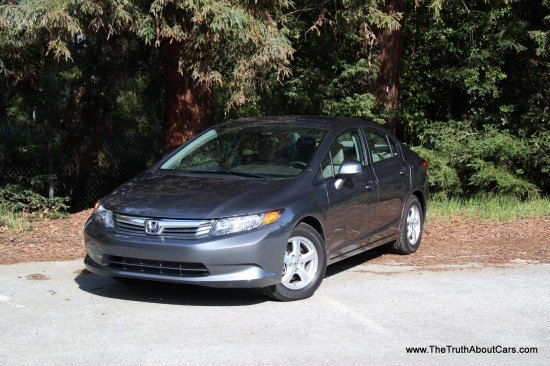














































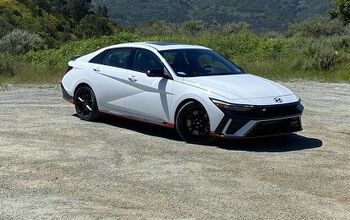
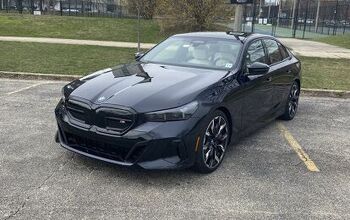
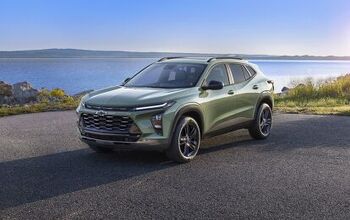
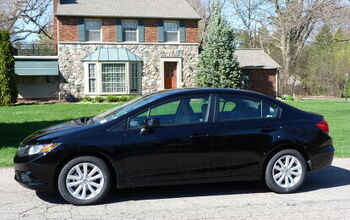
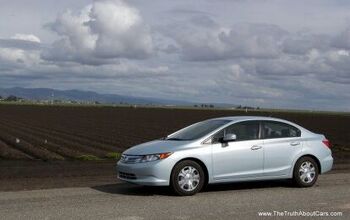
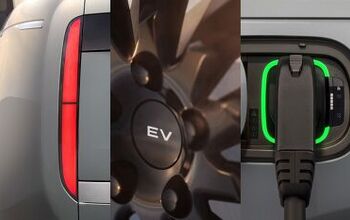
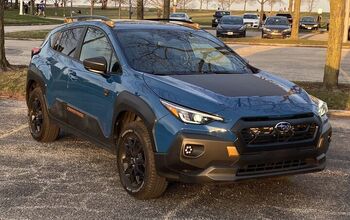
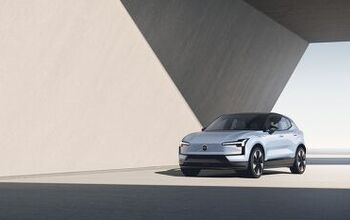
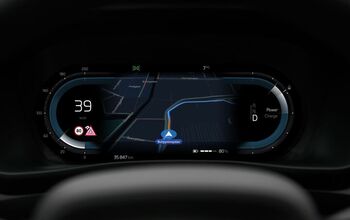
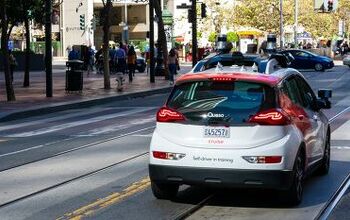
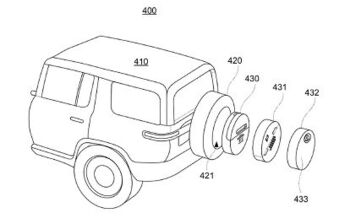

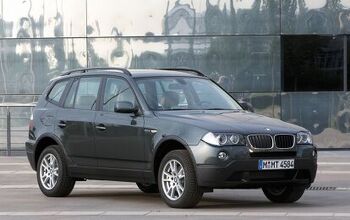
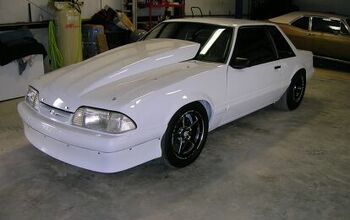


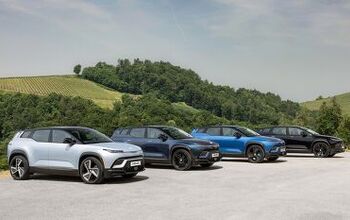

Comments
Join the conversation
Alex closes his writeup with the line, "It also makes a compelling case against EVs, as America is the land of coal and gas power plants, the CO2 emissions from the CNG Civic are similar or lower than the Leaf depending on the state you live in." This is a half-truth at best. I think that Alex's statement should read something more like, "Given the coal-heavy mix of power generation prevalent over much of the US, a Civic NG may well equal the well-to-wheels CO2 output of a BEV for many. If one lives in a region with cleaner power, on the other hand--with such regions including California, the Pacific NW, and much of the Northeast--then the EV will be the cleaner choice by far." His statement-as-worded is probably making reference to the April Union of Concerned Scientists report [1]. If one looks at the report--page 13 in particular--then one can see that even in a "dirty" state like Michigan the MPGghg (see the report for how that's defined) of an EV on the Michigan grid is 38. Note that Michigan's mix of power is only about 10% less dirty than the dirtiest of regions (page 12), so this is close to the worst case. Given that the Civic NG gets 31 mpg combined then it's evident that in Michigan and by extension over much of the country the Civic and a hypothetical Leaf are neck and neck in terms of CO2 emissions. Going back to page 13, in California the EV gets a MPGghg of 79, so is cleaner by a factor of 2. This is important both because California is where most EVs are currently in use, and because this example shows that routing natural gas to generate electricity in powerplants is a better idea on a national scale than running Civics with it. Finally, NPR's grid visualizer [2] shows that many states are out there with power even cleaner than California's. Which ones? A few of them include Washington, Oregon, Idaho (hydro heavy), New York, Connecticut, Vermont, New Hampshire, and Maine (hydro and nuclear power alike). (Full disclosure: I'm moving back to Seattle in a year and have read WAY too much about related topics. I'm planning on buying my wife an EV for use around Seattle, taking advantage not only of the default hydro-heavy power generation mix but also of Seattle City Light's $12/month program to offset one's electricity usage 100% with wind renewable energy credits [3]. I have no financial interest in power generation or automotive companies and am just an interested onlooker.) [1] http://www.ucsusa.org/assets/documents/clean_vehicles/electric-car-global-warming-emissions-report.pdf [2] http://www.npr.org/templates/story/story.php?storyId=110997398, click the second tab, "sources of power" [3] http://www.seattle.gov/light/green/greenpower/greenup.asp
Why does it lose power compared to the petrol burning version? I'd think the higher compression engine burning 120 octane fuel should gain, not lose power compared to the one burning 87 octane.